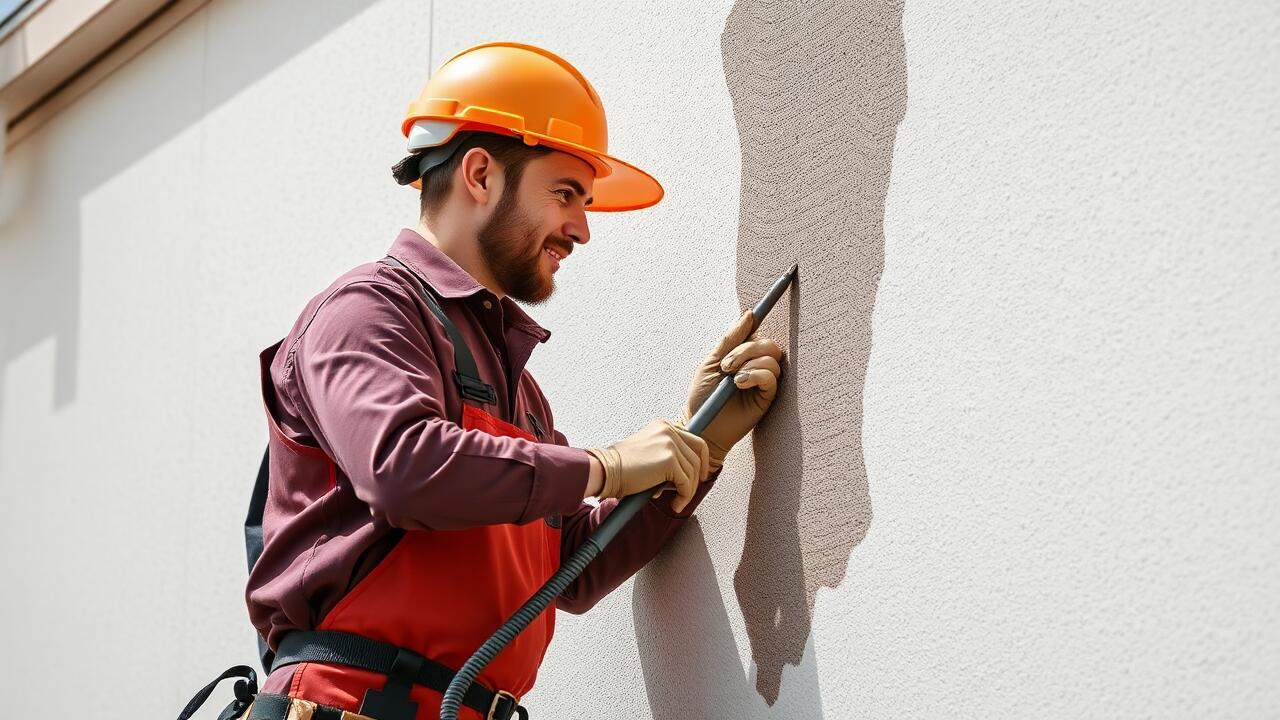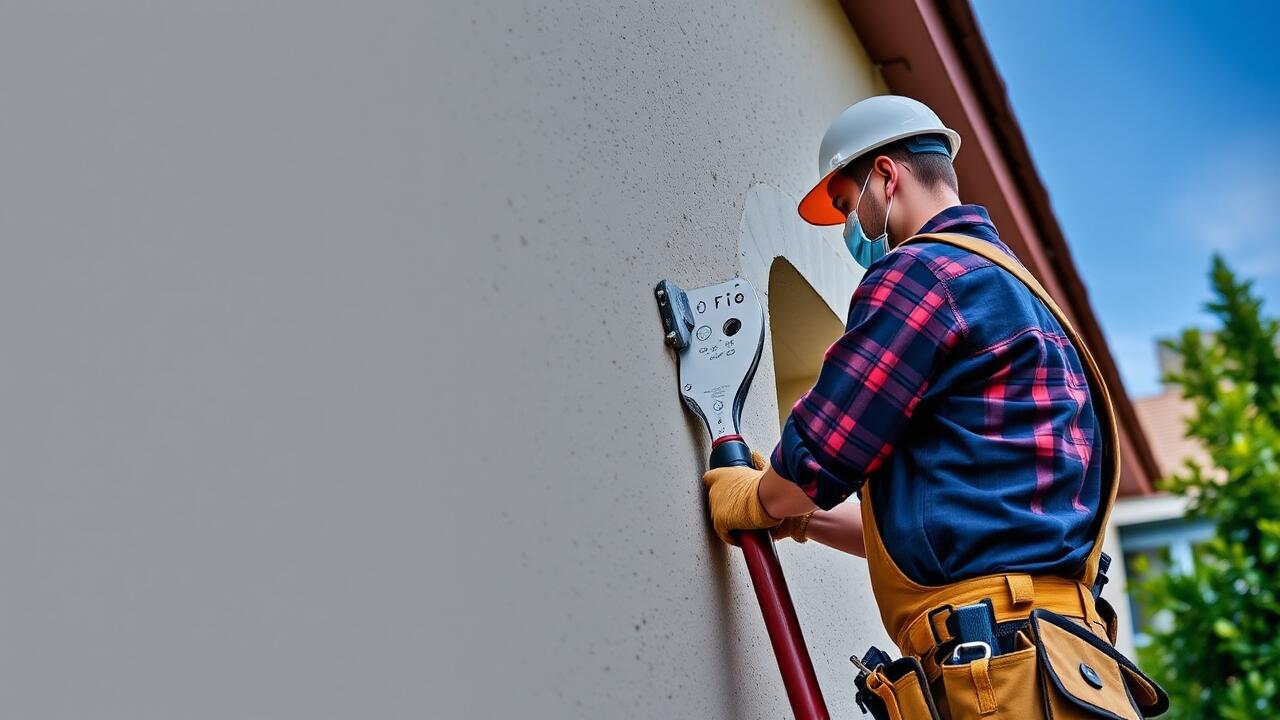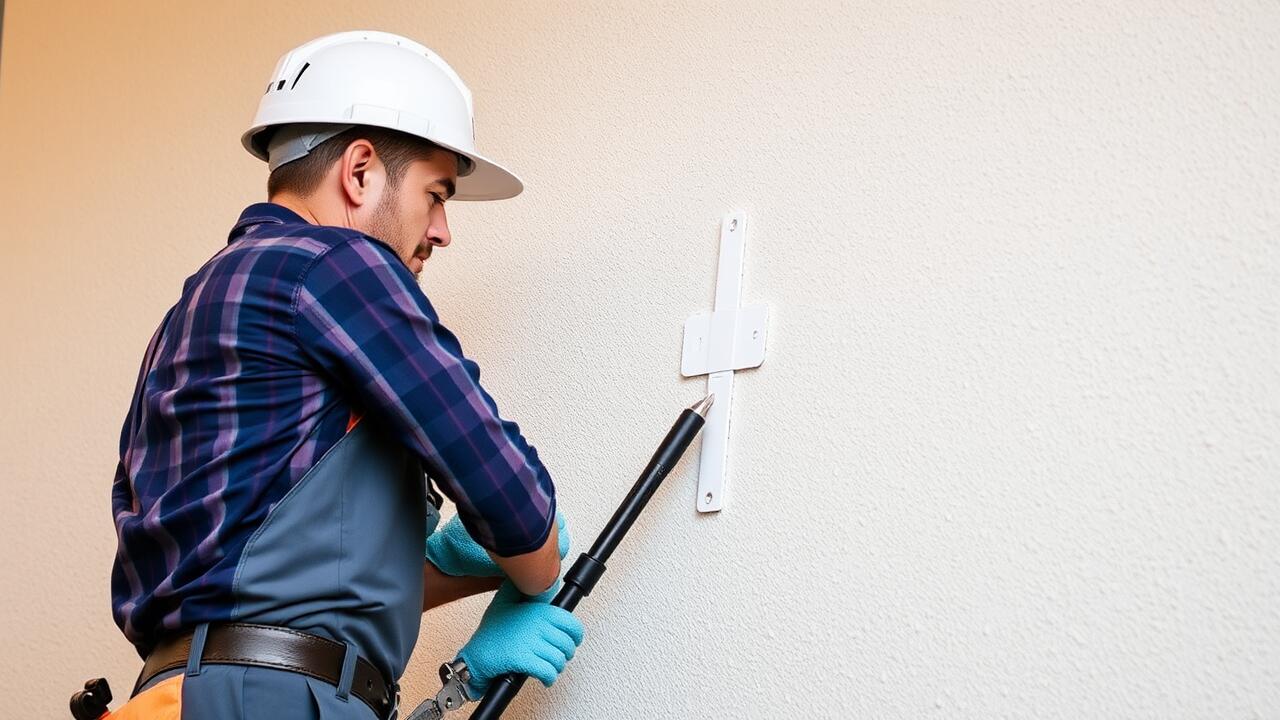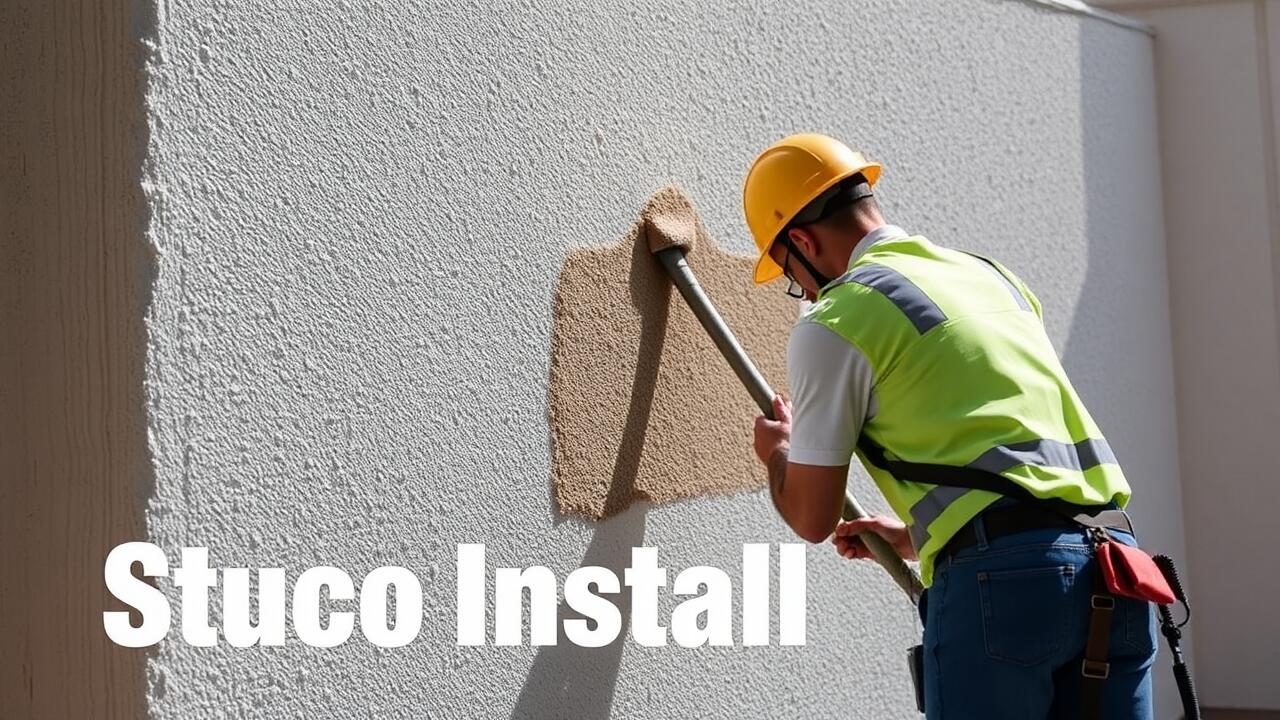
Maintenance and Longevity Considerations
Stucco has gained popularity not just for its aesthetic appeal but also for its durability. When properly installed and maintained, stucco can last for decades, often exceeding 50 years. Its resistance to fire, rot, and pests contributes to its longevity, making it a compelling choice for homeowners. In densely populated areas like Downtown Los Angeles, the quality of stucco installation can significantly impact its lifespan. A skilled contractor can ensure that the material is applied correctly, minimizing future repairs and replacements.
However, maintenance is crucial to retaining stucco's integrity over time. Regular inspections are essential to identify any cracks or damage caused by weather or other environmental factors. Repairing these issues promptly can prevent more extensive damage and costly renovations down the line. For those considering home improvement in Los Angeles, investing in quality stucco installation in Downtown Los Angeles not only enhances curb appeal but also assures a long-term return on investment through its resilience and low maintenance needs.
Long-Term Value vs. Initial Cost
Investing in stucco can often reflect a long-term commitment to the aesthetic and structural integrity of a property. While the initial cost of stucco installation is higher than some alternative finishes, its durability and minimal maintenance requirements can offset these expenses over time. Homeowners in regions like Los Angeles recognize that with proper care, stucco can last for decades without significant repairs. This longevity reinforces the perception of stucco as a worthwhile investment, especially in areas where weather conditions can be harsh.
Stucco Installation Watts, Los Angeles, illustrates the balance between upfront costs and long-term benefits. A homeowner may find that while the initial financial outlay for stucco is considerable, the reduced need for repairs and repainting can lead to savings in the long run. Additionally, stucco provides excellent insulation properties, which can contribute to lower energy bills. Balancing immediate expenses with future savings becomes crucial when evaluating the overall value of stucco as a choice for exterior finishes.
Comparisons with Alternative Exterior Finishes
When considering exterior finishes, homeowners often compare stucco to materials like vinyl, brick, and wood siding. Each option comes with its own set of pros and cons. Vinyl siding offers a lower initial cost and is relatively easy to maintain, but it may not provide the same aesthetic appeal or durability as stucco. Brick, while robust and timeless, can significantly increase construction costs. Wood siding brings natural beauty but requires regular maintenance and treatment to resist weathering. Thus, understanding these differences can help homeowners make informed decisions about their exterior finish.
In areas like Mid-Wilshire, Los Angeles, the decision to choose stucco goes beyond mere aesthetics. The climate plays a critical role in material selection. Stucco offers superior insulation and can withstand the heat and dry conditions characteristic of Southern California. This resilience may justify the higher price tag when considering long-term performance and energy efficiency. Additionally, the local architecture often favors the distinctive look of stucco, making it a popular choice among residents seeking to enhance their property value. Stucco installation in Mid-Wilshire, Los Angeles, reflects these regional preferences and practical needs.
Cost Analysis Against Other Materials
When comparing stucco to alternative exterior finishes, many factors come into play, including material costs, labor intensity, and overall durability. Stucco often requires a higher initial investment due to the skilled labor needed for proper installation and the specialized materials involved. For instance, while vinyl siding may present a lower upfront cost, it often lacks the longevity and aesthetic appeal of stucco. Homeowners in regions like Westchester, Los Angeles, may find that stucco not only offers a unique look but also stands up better against weather fluctuations and potential damage over time.
Analyzing the cost of stucco installation versus other materials like wood or brick reveals interesting dynamics. Traditional wood siding requires regular maintenance and has a shorter lifespan, leading to repeated expenses over the years. Brick, while durable, generally demands a hefty initial cost and can be challenging to install. The benefits of stucco installation in areas such as Westchester, Los Angeles, become more evident when considering the reduced maintenance and remarkable resilience, making it a worthwhile investment for those seeking both attractiveness and long-term savings.
Market Trends Affecting Stucco Pricing
The pricing of stucco is heavily influenced by market trends that can shift due to various factors. In recent years, there has been an increase in demand for stucco in various regions, particularly in areas like Mid-Wilshire, Los Angeles. This surge can be attributed to a growing preference for the aesthetic qualities and durability that stucco offers. As more homeowners and builders lean towards this material, competition for skilled labor and quality supplies has driven costs higher.
Economic influences also play a significant role in stucco pricing. Fluctuations in the availability of raw materials, along with global supply chain disruptions, have made it challenging to maintain consistent pricing. Labor shortages in the construction industry, particularly for specialized stucco installation, have led to an increase in overall project expenses. Thus, anyone considering stucco installation mid-Wilshire, Los Angeles, should prepare for potential price variances as these market dynamics unfold.
Supply Chain Issues and Economic Influences
Recent global supply chain disruptions have significantly impacted the cost of materials used in stucco applications. Raw materials for stucco, such as cement and aggregates, have experienced price fluctuations due to shortages and increased transportation costs. This instability in sourcing these fundamental components leads to heightened prices for homeowners looking to invest in stucco solutions. In areas like Mid-Wilshire, Los Angeles, where demand for construction and remodeling remains robust, these economic influences are particularly noticeable.
Moreover, inflationary pressures on labor and materials have contributed to rising stucco installation costs. Skilled labor is becoming harder to find, resulting in increased wages that further drive up project expenses. As a result, homeowners considering stucco installation mid-Wilshire, Los Angeles, must be prepared for these higher costs, which reflect broader economic trends affecting the construction industry. Understanding these influences can assist in making informed decisions about exterior finishes for residential properties.
FAQS
What factors contribute to the high cost of stucco?
The high cost of stucco can be attributed to several factors, including the quality of materials used, labor costs, and the requirement for skilled application. Additionally, maintenance and long-term durability play a role in its overall value.
How does stucco compare to other exterior finishes in terms of cost?
When compared to other exterior finishes like vinyl siding or wood, stucco can be more expensive initially. However, it often offers better longevity and lower maintenance costs over time, which can justify the higher upfront investment.
Are there any economic factors influencing stucco prices?
Yes, economic factors such as supply chain disruptions, inflation, and demand fluctuations in the construction industry can all impact the pricing of stucco. These trends can lead to increased costs for both materials and labor.
Is stucco worth the investment despite its high cost?
Many homeowners find stucco to be worth the investment due to its long lifespan, durability, and aesthetic appeal. When considering long-term value versus initial cost, stucco can provide significant benefits that offset its higher price.
What kind of maintenance is required for stucco?
Stucco requires regular maintenance, including cleaning to prevent mold and mildew, as well as periodic inspections for cracks or damage. Addressing these issues promptly can help maintain the integrity and appearance of stucco, contributing to its longevity.


